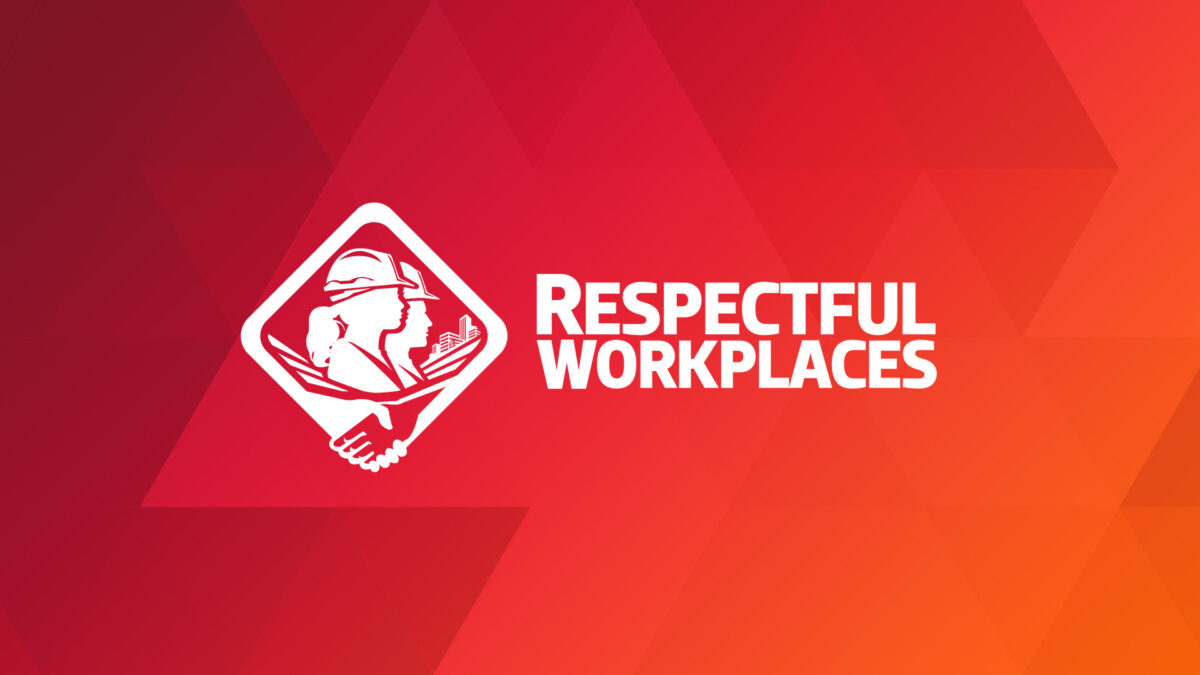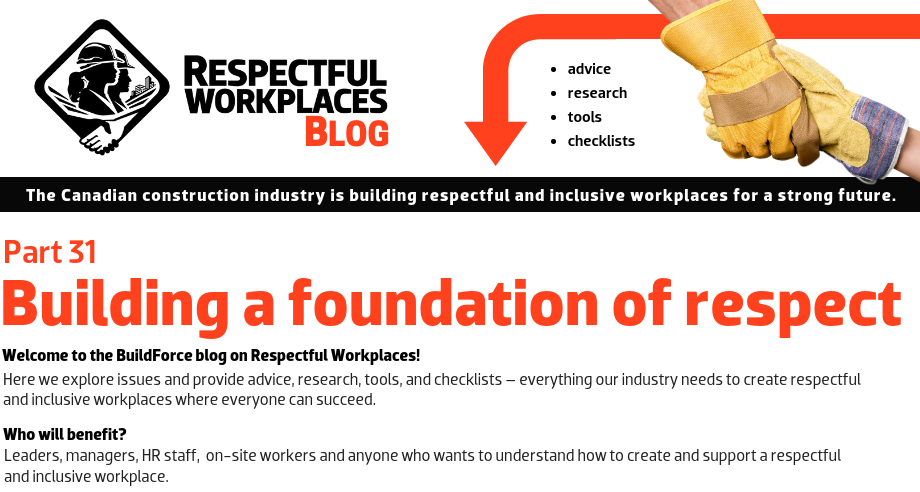
(Each month our feature question explores the content and use of the BuildForce Canada Respectful Workplace Policy Framework and Implementation Guide. This tool is a free template designed to assist organizations in creating and implementing policies that support a respectful and inclusive workplace. This tool is one of three in the BuildForce Canada Respectful and Inclusive Workplace Toolkit.)
Does your organization know which initiatives are most effective in creating respect and inclusion specific to your organization?
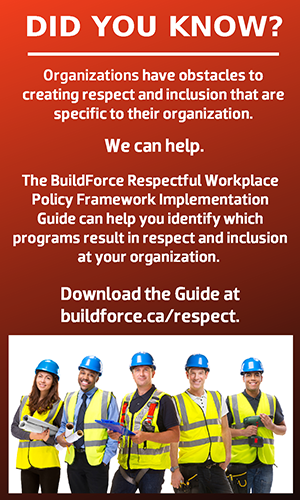
Research shows that measuring the success of an organization’s respectful and inclusive workplace implementation is critical for achieving desired goals. It’s not enough to set up programs such as training, networking, and mentoring. Organizations must know what initiatives are most effective in creating respect and inclusion at their organization. They will only know this through measuring both quantitative and qualitative factors.
The BuildForce Respectful Workplace Policy Framework Implementation Guide helps to increase the effectiveness of respectful workplace efforts by including clear guidelines on how to measure progress. There are four possible stages for measuring the implementation of the Respectful Workplace Policy Framework.
1. Information gathering: The initial collection of information and analysis represents the starting point or baseline from which an organization begins its process of improvement. Some of the useful baseline data are workforce demographics such as the age and gender of workers.
2. Risk assessment: This process includes understanding that there could be a risk that disrespectful behaviour might occur. For example, what is the risk that new hires could experience discrimination? Another risk assessment might be how much risk is there that harassment is occurring in the workplace?
3. Needs analysis: This answers the question, what do we need to do in order to reduce these risks? For example, the organization might include communication about respect and inclusion in its worker orientation.
4. Outcome evaluation: On a yearly basis, management in collaboration with its “go-to-people” (see blog # 30) evaluates the outcomes of the actions that it took to build a respectful and inclusive workplace.
For more info:
- Susanne Dyrchs and Rainer Strack. Shattering the Class Ceiling. Boston Consulting Group. 2012. Available at
www.bcg.com/en-ca/publications/2012/people-organization-behavior-culture-shattering-glass-ceiling.aspx




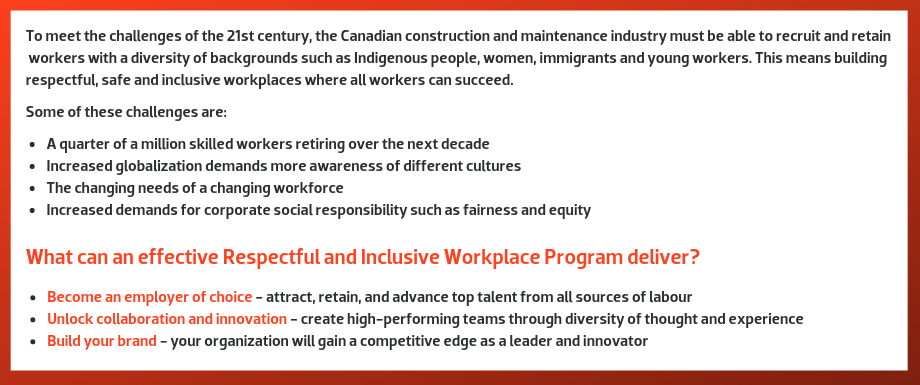
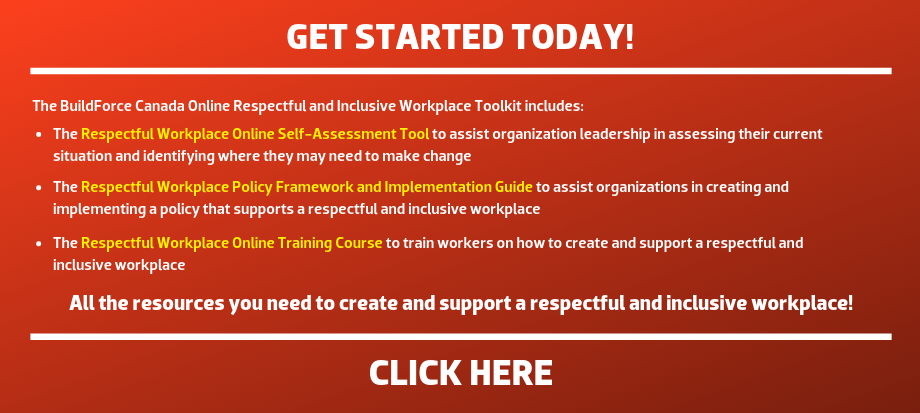

This project has been funded by Status of Women Canada.

Respectful and Inclusive Workplaces
